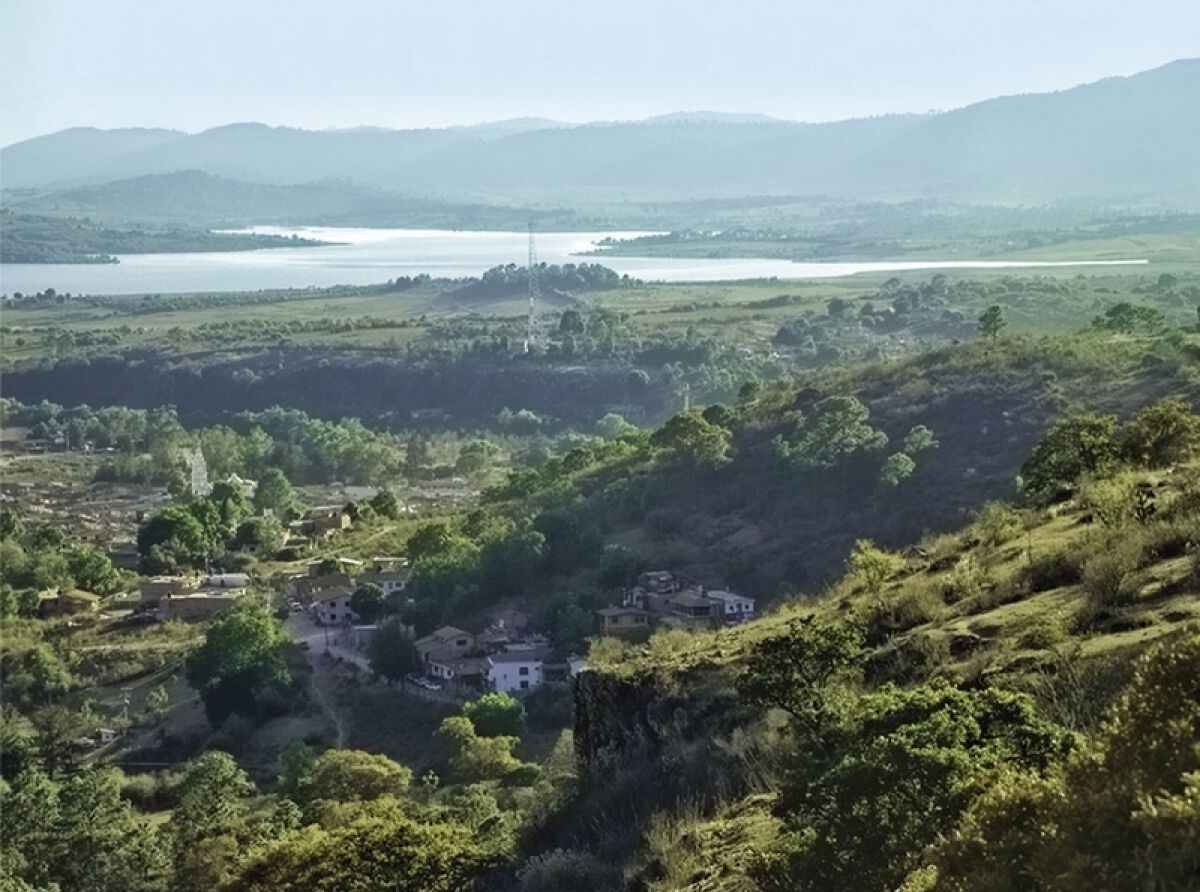It establishes the bases for regional development, favoring balances between social, economic, and sustainable development needs, and puts a stop to irrational actions on land use.
The Governor of the State of Jalisco, Enrique Alfaro Ramírez, presented the Regional Strategic Plan of the Sierra de Tapalpa, a model of collaboration and citizen participation that will serve as an instrument of cooperation between the public, social and private sectors, for the comprehensive development of the South region. The region is made up of the municipalities of Atemajac de Brizuela, Chiquilistlán, San Gabriel and Tapalpa.
The plan is the guiding project for the development of this region, which will have balances between social, economic, and sustainable development needs, putting a brake on irrational actions on the use of land, the exploitation of natural resources, and the organization of the agricultural activities carried out there. "We seek that the development of this region can be orderly, equitable, and that it does not generate wealth and development in some places and marginalization in others. We are going to open a process of dialogue, discussion, and debate, to make the decisions that must be taken together,” Alfaro Ramírez explained.
In addition, the president assured that both inhabitants and productive activity will benefit from the master plan. "This plan establishes the ordering of the territory. We managed to get the municipal governments to approve the provisions that we are presenting today, that is, this plan for the Sierra de Tapalpa has legal support, it is not a decoration plan, it is a plan that will define the future of the Sierra de Tapalpa. This plan establishes what can be done, how it can be done, and how far it can be done," said the president.
The Secretary of the Environment and Territorial Development, Sergio Graf Montero, highlighted that the planning instruments for the Sierra de Tapalpa have been harmonized with the four laws that regulate them; General Law of Ecological Balance, General Law of Human Settlements, Territorial Organization and Urban Development, State Law of Ecological Balance and Urban Code for the State of Jalisco." Likewise, Enrique Alfaro recognized the work done by José Luis Valencia Abundis, Director of the State Strategic Projects Agency; Carlos Enrique González Lozano, General Coordinator of Regional Strategic Projects; Gabriel Escoto del Río, President of Grupo 100 by Tapalpa A.C., and by the mayors of the region.
The document that makes up the plan is structured to anticipate risks, create opportunities that allow action with substantial policies that affect local development, and establish the foundations for a sustainable future, harmonizing with public and private investment. It has a vision of the future that seeks to promote, in co-responsibility with the social and private sectors, a model of regional development and economic reactivation based on the full sustainable use of the territory, and at the same time reducing social, economic and infrastructure disparities.
The region to be intervened is made up of the municipalities of Atemajac de Brizuela, Chiquilistlán, San Gabriel and Tapalpa. It is a territory with very marked economic and environmental characteristics, which define and enrich its human and natural heritage. As strategic procedures, the plan includes 21 projects divided into short and medium-term goals, among which the following stand out:
The Water Plan of the Sierra, which is a strategy for the management of water resources, which contributes to solving the problems of supply and sanitation of the communities.
The creation of the Center for Innovation and Entrepreneurship (CIE,) which seeks to strengthen micro, small, and medium-sized enterprises (MiPymes), as well as to encourage new ventures, primarily in family economy activities.
The Forestry and Value Added Center carried out with a Rainforest Alliance agreement, a collaborative management tool to monitor, communicate and improve the sustainability of the landscape.
Sustainable Community Regional Tourism, whose main objective is to consolidate a public-private promotion strategy, through brand positioning and specialized tourism operation in the region.
In addition, the request for the construction of a National Guard Module in the region will be entered so that public security can be strengthened in that area.
The first ordinary session of the Regional Council for Territorial Planning and Urban Development Region Tapalpa 2021, the entity responsible for compliance with the plan, was held in recent days in order to account for the public consultation process of the planning instruments for the region and its municipalities.
These Planning Programs seek to improve rural and agro-industrial production in the region, in addition to the development of a platform for investment projects in tourist and productive infrastructure that combines the urban image of population centers and the conservation of the natural surroundings.
The consultation process, as well as the instruments, are available in the environmental and urban blog of the Sierra de Tapalpa Region within the Semadet website.

